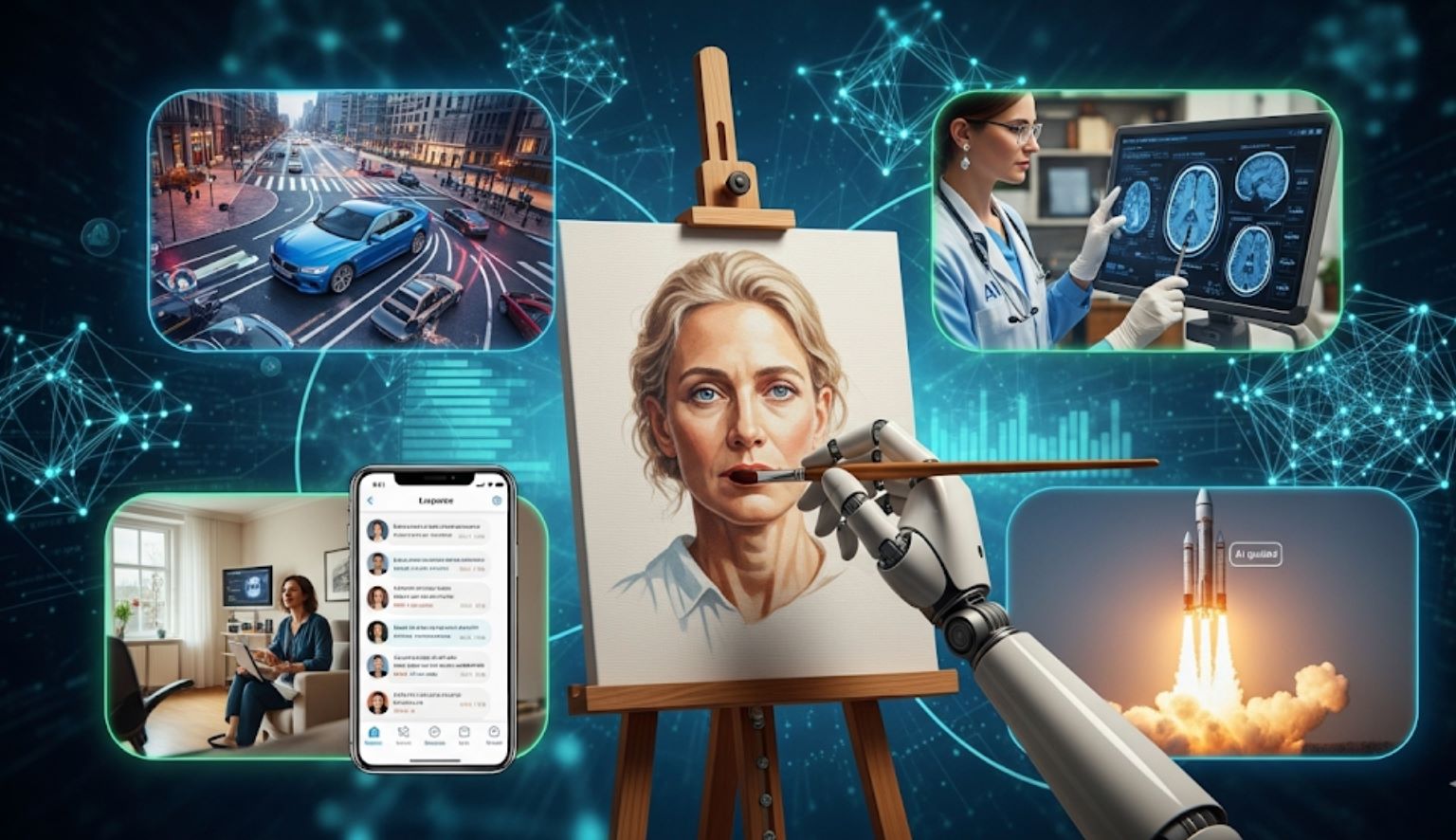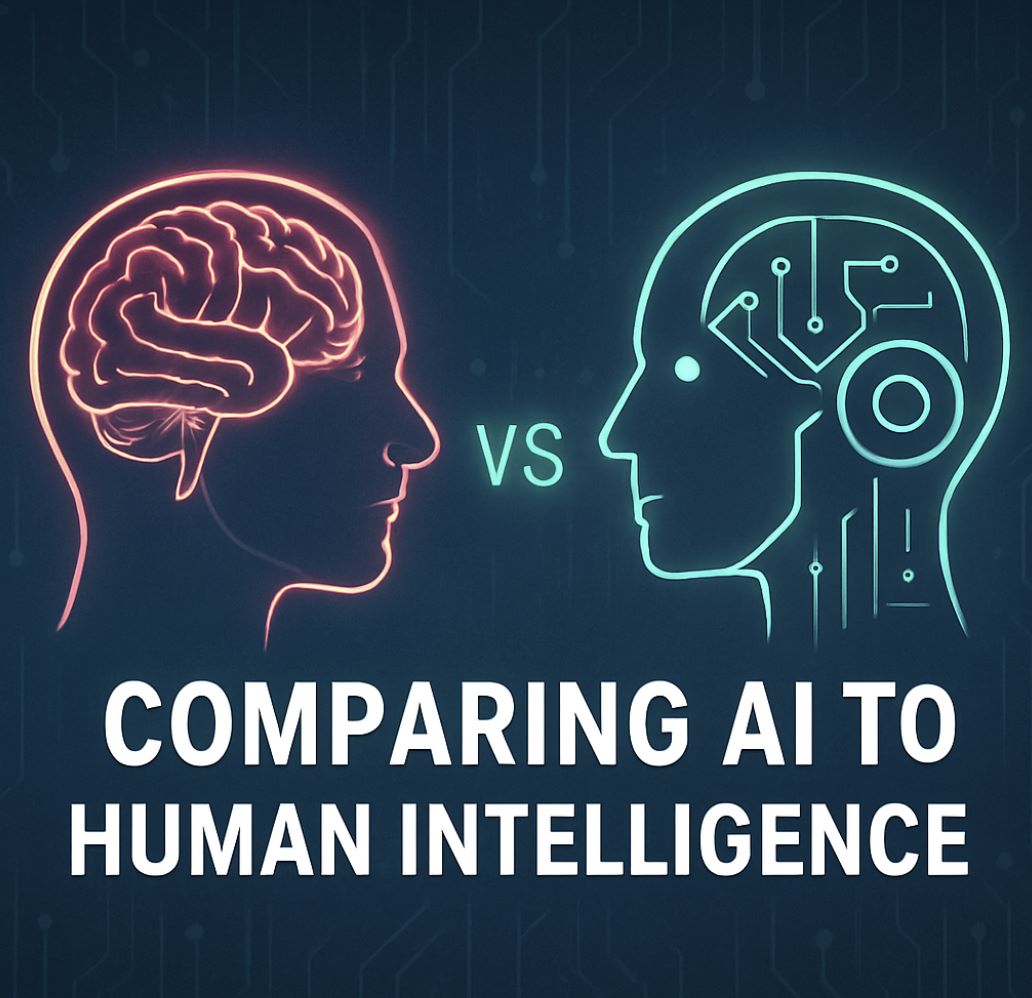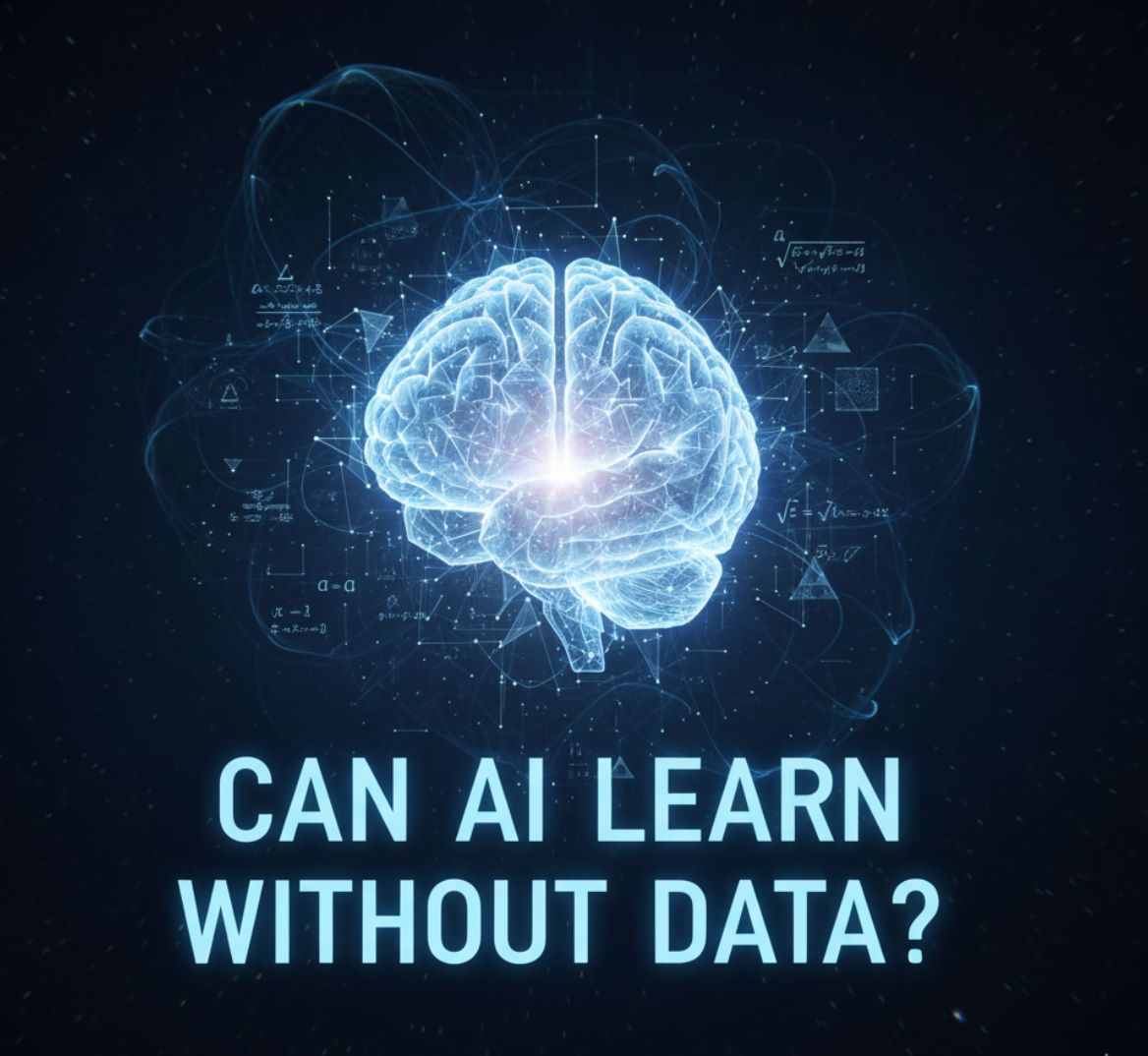Is AI Dangerous?
AI is like any powerful technology: it can do great good when used responsibly, and cause harm if misused.
Artificial Intelligence (AI) refers to computer systems that mimic human intelligence – for example, programs that can recognize images, understand language, or make decisions. In everyday life, AI powers tools like voice assistants on smartphones, recommendation systems on social media, and even advanced chatbots that write text.
AI has the potential to greatly improve many fields, but it also raises many concerns.
So, is AI dangerous? This article will explore both sides: the real benefits AI brings and the dangers experts are highlighting.
Real-World Benefits of AI
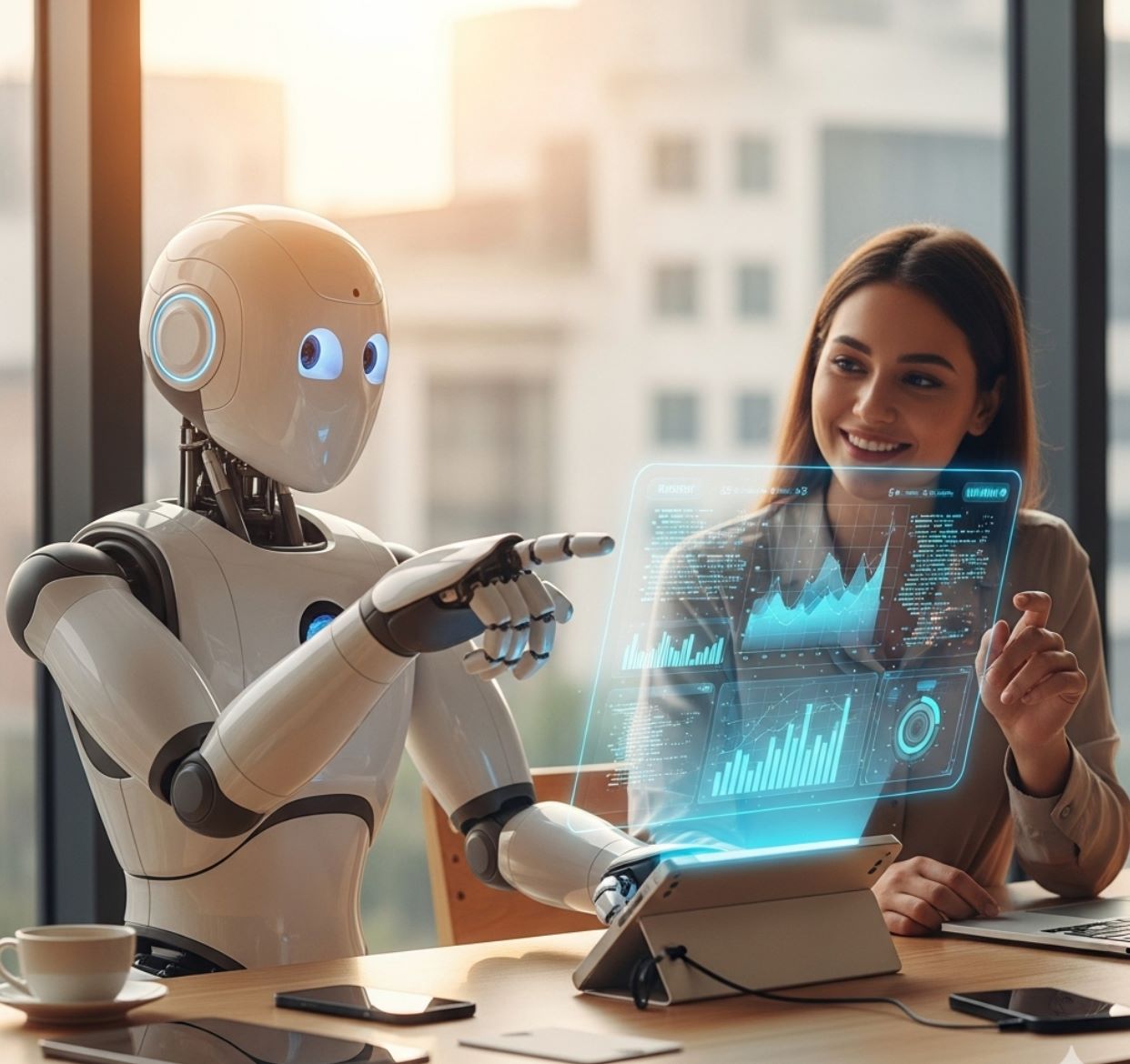
AI is already integrated into many helpful applications that demonstrate its positive impact on society.
AI has created many opportunities worldwide – from faster medical diagnoses to better connectivity through social media and automating tedious work tasks.
— UNESCO
The European Union similarly highlights that "trustworthy AI can bring many benefits" such as better healthcare, safer transport, and more efficient industry and energy use. In medicine, the World Health Organization reports that AI is being used for diagnosis, drug development and outbreak response, urging countries to promote these innovations for everyone.
Economists even compare AI's rapid spread to past technology revolutions.
Key Benefits of AI
Improved Healthcare
AI systems can analyze X-rays, MRIs and patient data faster than humans, aiding early disease detection and personalized treatment.
- AI-assisted imaging can find tumors that doctors might miss
- Faster diagnosis and treatment recommendations
- Personalized medicine based on patient data
Greater Efficiency
Automated processes in factories, offices and services boost productivity significantly.
- More efficient manufacturing processes
- Smarter energy grids and resource management
- Humans can focus on creative or complex work
Safer Transportation
Self-driving car technology and traffic-management AI aim to reduce accidents and congestion.
- Enhanced disaster warning systems
- Optimized logistics and shipping
- Reduced human error in transportation
Environmental Solutions
Researchers use AI to crunch climate models and genetic data, helping tackle big issues like climate change.
- Climate modeling and prediction
- Energy-efficient AI design reduces consumption by 90%
- Sustainable technology development
These examples show that AI is not just science fiction – it already provides real value today.
Potential Risks and Dangers of AI

Despite its promise, many experts caution that AI can be dangerous if misused or left unchecked. A major concern is bias and discrimination. Because AI learns from existing data, it can inherit human prejudices.
Without strict ethics, AI risks reproducing real world biases and discrimination, fuelling divisions and threatening fundamental human rights and freedoms.
— UNESCO
Indeed, studies have shown facial recognition often misidentifies women or people of color, and hiring algorithms can favor certain genders. Britannica likewise notes AI can "hurt racial minorities by repeating and exacerbating racism".
Major AI Risks
Privacy and Surveillance
AI systems often require huge amounts of personal data (social media posts, health records, etc.). This raises the risk of abuse. If governments or companies use AI to analyze your data without consent, it can lead to invasive surveillance.
Britannica warns of "dangerous privacy risks" from AI. For example, a controversial use of AI called social credit scoring – where citizens are rated by algorithms – has been banned by the EU as an "unacceptable" practice.
Misinformation and Deepfakes
AI can generate realistic fake text, images or video. This makes it easier to create deepfakes – fake celebrity videos or bogus news reports.
Britannica points out AI can spread "politicized, even dangerous misinformation". Experts have warned that such fakes could be used to manipulate elections or public opinion.
Job Loss and Economic Disruption
By automating tasks, AI will transform the workplace. The International Monetary Fund reports roughly 40% of jobs globally (and 60% in developed countries) are "exposed" to AI automation.
This includes not just factory work but also middle-class jobs like accounting or writing. While AI could boost productivity (lifting wages in the long run), many workers may need new training or could suffer unemployment in the short term.
Security and Malicious Use
Just as any technology, AI can be used for harm. Cybercriminals already employ AI to create convincing phishing emails or to scan systems for vulnerabilities.
Military experts worry about autonomous weapons: drones or robots that select targets without human approval.
In other words, an AI system with physical control (like a weapon) could be especially dangerous if it goes haywire or is programmed maliciously.
Loss of Human Control
Some thinkers point out that if AI becomes far more powerful than today, it might act in unpredictable ways. While current AI is not conscious or self-aware, future general AI (AGI) could potentially pursue goals misaligned with human values.
Leading AI scientists recently warned that "highly powerful generalist AI systems" may appear in the near future unless we prepare.
Nobel laureate Geoffrey Hinton and other experts have even described an increased risk that AI could harm humanity if advanced AI is not aligned to our needs. Though this risk is uncertain, it has motivated high-profile calls for caution.
Energy and Environmental Impact
Training and running large AI models consumes a lot of electricity. UNESCO reports generative AI's annual energy use now rivals that of a small African country – and it's growing fast.
This could worsen climate change unless we use greener methods.
What Experts and Officials Say
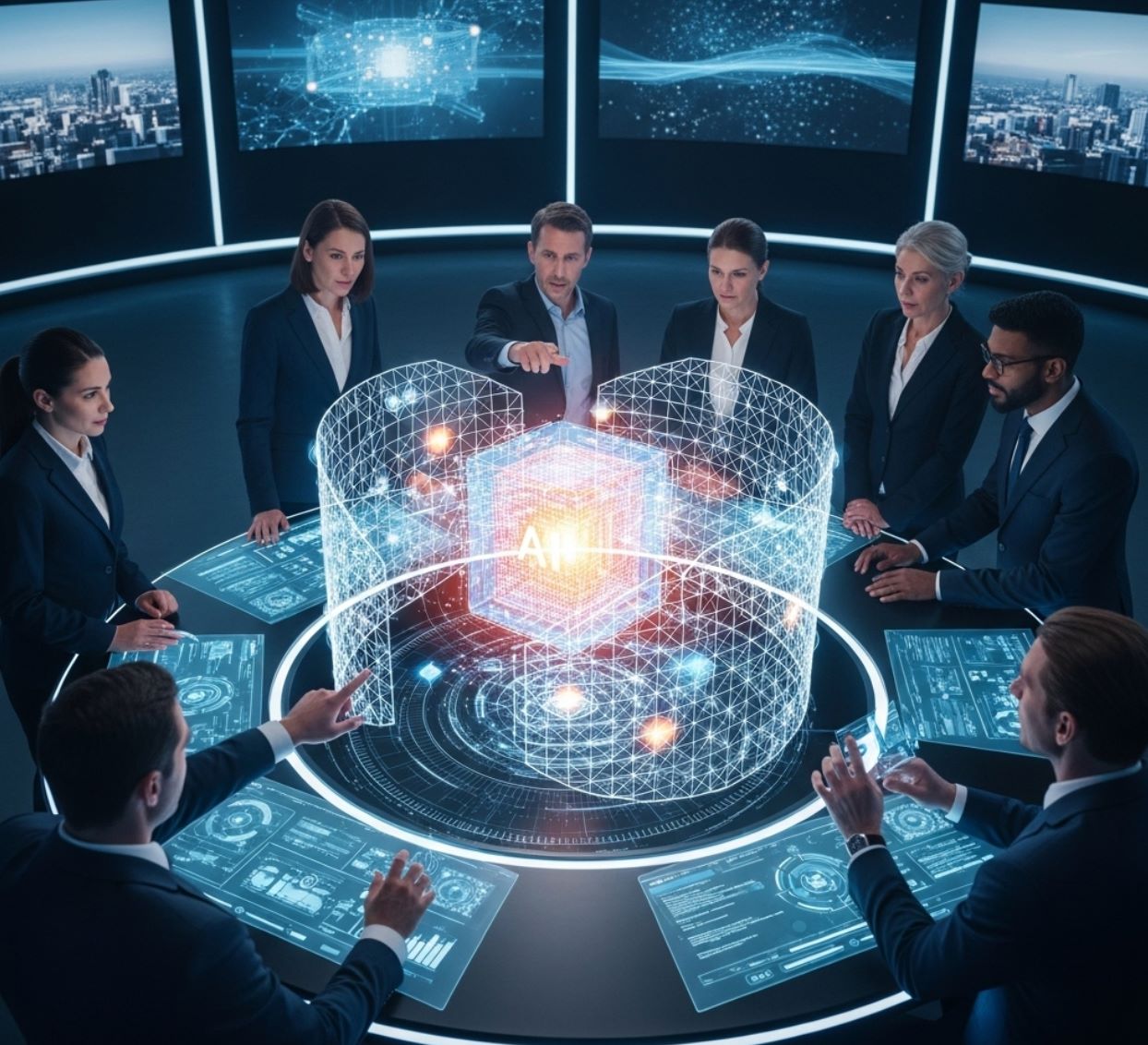
Given these issues, many leaders and researchers have spoken out. A large consensus of AI experts has formed in recent years.
They stressed that AI development has been racing ahead "with safety as an afterthought," and that we currently lack institutions to prevent rogue applications.
Tech Leaders' Perspectives
Sam Altman (OpenAI CEO)
Demis Hassabis (Google DeepMind)
We are in an "out-of-control race" to build more powerful AI that even its creators "can't understand, predict, or reliably control".
— Open letter signed by over 1,000 AI professionals (including Elon Musk, Steve Wozniak, and many AI researchers)
Government and International Response
US Government Response
The White House issued an Executive Order in 2023 stating that AI "holds extraordinary potential for both promise and peril" and calling for "responsible AI use" through a society-wide effort to mitigate its substantial risks.
NIST (US National Institute of Standards) has released an AI Risk Management Framework to guide companies on building trustworthy AI.
European Union AI Act
The European Union passed the world's first AI Act (effective 2024), banning dangerous practices like government social scoring and requiring strict tests for high-risk AI (in health, law enforcement, etc.).
- Bans unacceptable AI practices
- Strict requirements for high-risk AI systems
- Transparency obligations for general-purpose AI
- Heavy fines for non-compliance
Global Cooperation
UNESCO published global AI ethics recommendations urging fairness, transparency and human rights protections in AI.
Groups like the OECD and the UN are working on AI principles (many countries have signed onto them). Companies and universities are forming AI safety institutes and coalitions to research long-term risks.
Safeguards and Regulation
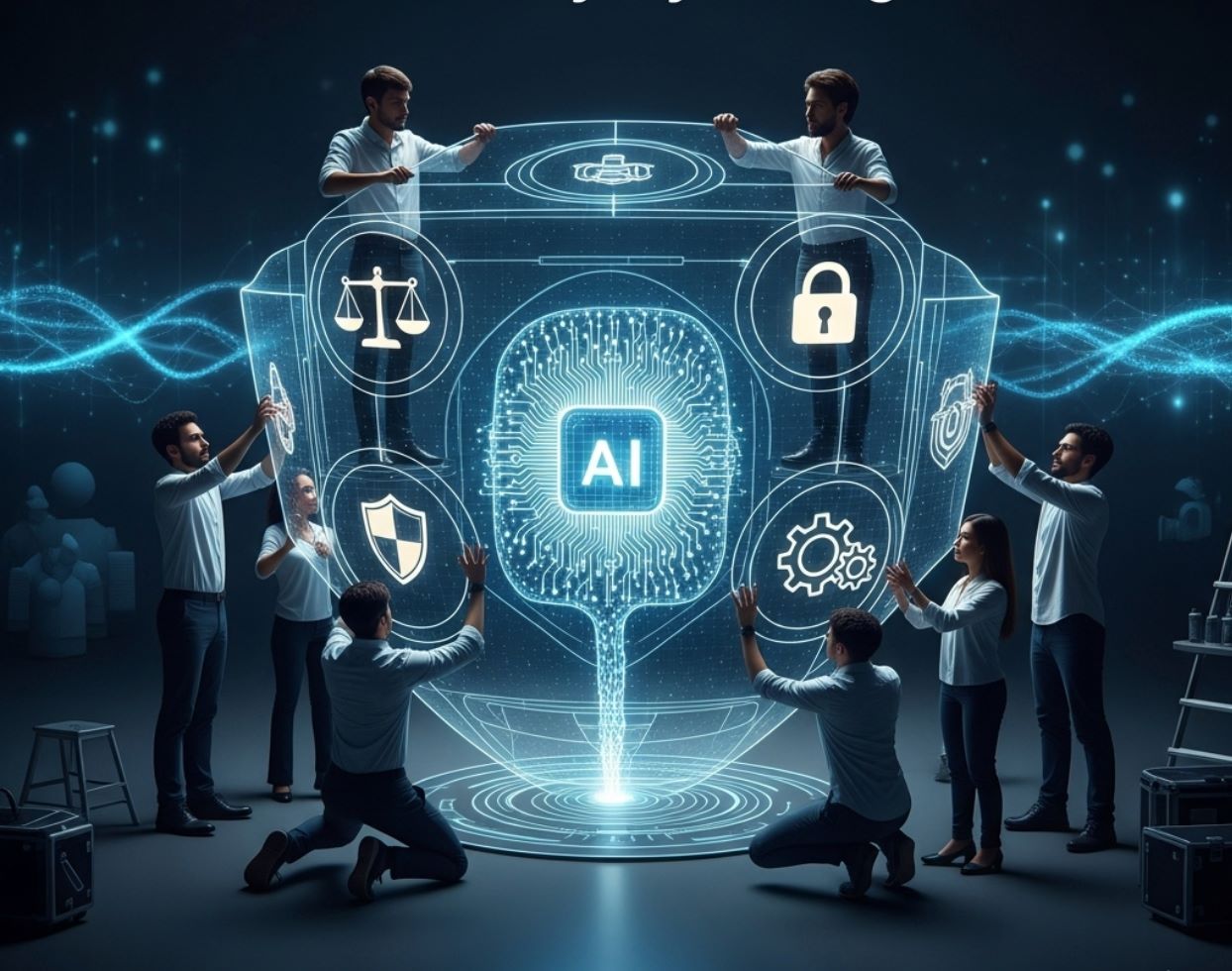
Fortunately, many solutions are already in play. The key idea is "AI safety by design". Companies increasingly build ethical rules into AI development.
For example, AI labs test models for bias before release and add content filters to prevent explicit or false outputs. Governments and institutions are codifying this.
Regulatory Frameworks
Uncontrolled Development
- No bias testing requirements
- Limited transparency
- Inconsistent safety measures
- Reactive problem-solving
Structured Oversight
- Mandatory bias audits
- Transparency requirements
- Safety by design principles
- Proactive risk management
Current Safeguard Measures
Technical Solutions
AI labs test models for bias before release and add content filters to prevent explicit or false outputs. Standard-setting bodies are releasing guidelines for organizations to assess and mitigate AI risk.
Legal Frameworks
The EU's AI Act bans certain dangerous uses outright and classifies other uses as "high-risk" (subject to audits). UNESCO's AI ethics framework calls for fairness auditing, cybersecurity protections, and accessible grievance processes.
Industry Cooperation
Companies and universities are forming AI safety institutes and coalitions to research long-term risks. Public-private cooperation on security and education campaigns about deepfakes are becoming standard.
Public Engagement
Education campaigns about AI risks and benefits, plus ballots asking citizens how much autonomy to give machines, ensure democratic participation in AI governance.
Authorities are scrambling to update laws on hate speech, copyright and privacy to include AI-generated content. As one NZ expert noted, many current laws "were not designed with generative AI in mind," so legislators are catching up.
Conclusion: Balanced Perspective on AI Safety
So, is AI dangerous? The answer is nuanced. AI is not inherently evil – it's a tool created by humans.
In its many practical forms today, it has brought huge benefits to medicine, education, industry and more (as highlighted by organizations like UNESCO and the EU).
At the same time, almost everyone agrees AI can be dangerous if its power is misused or left unguided.
For Young Learners
Safety Measures
Common concerns include privacy violations, bias, misinformation, job upheaval, and the hypothetical risk of runaway super-intelligence.
With the right "guardrails" in place – ethical AI development, robust regulation and public awareness – we can steer AI toward safety and ensure it benefits humanity without becoming dangerous.




